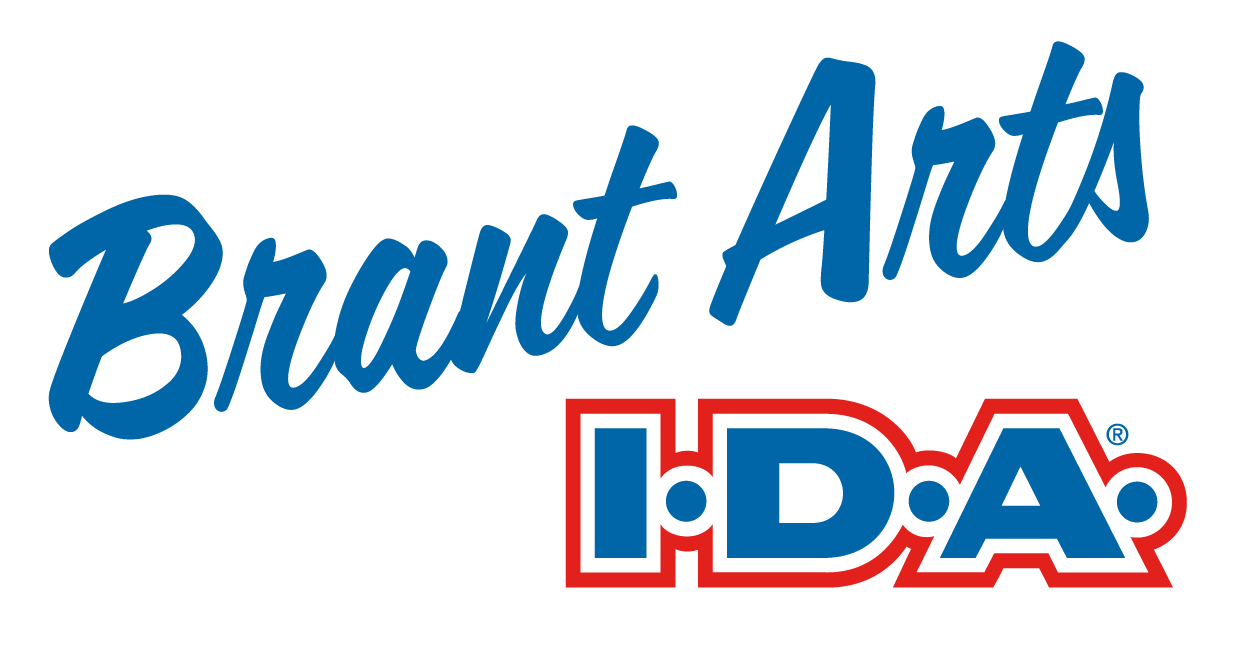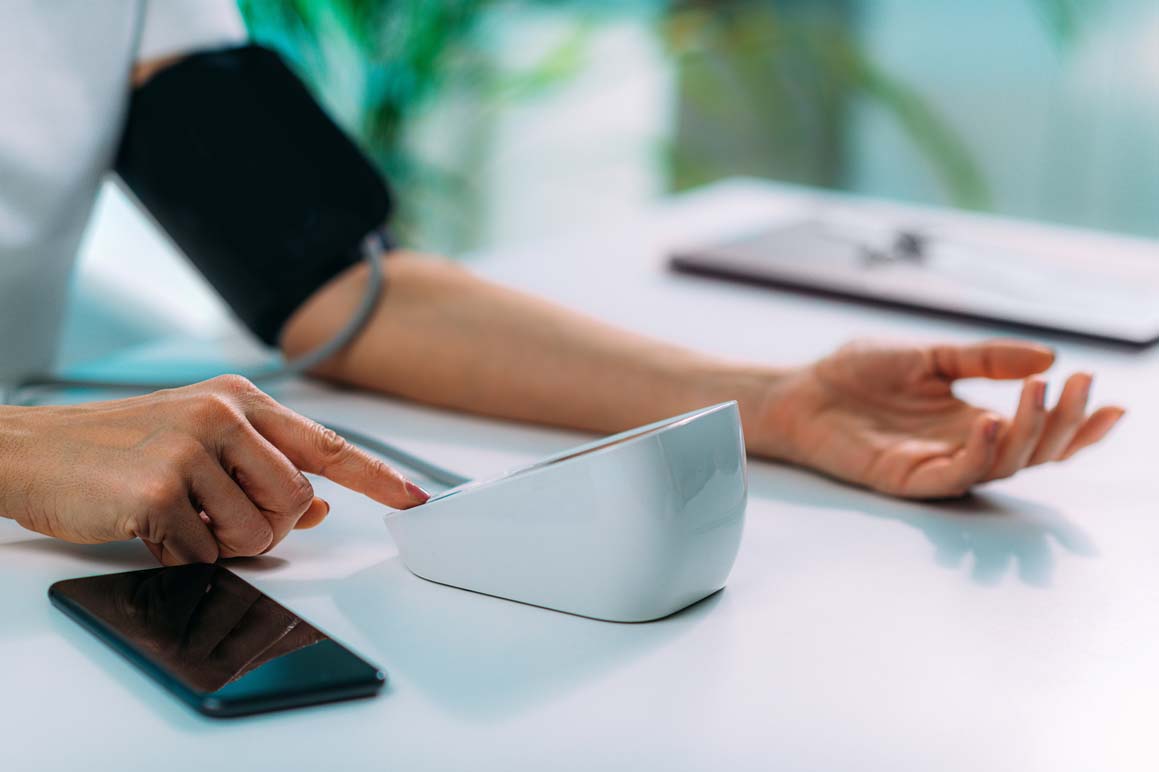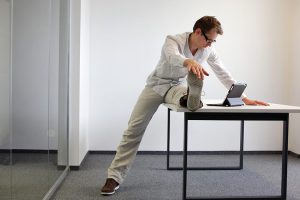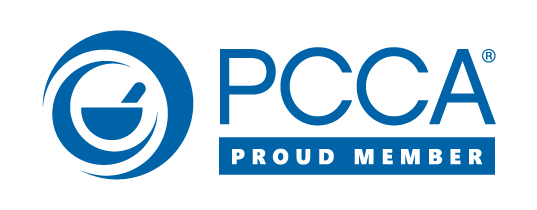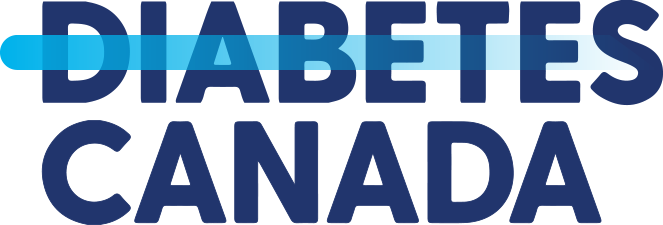Maintaining optimal blood pressure is critical to protecting your overall health and preventing potential issues. Many people measure their blood pressure at home, but to make informed decisions, these readings must be accurate. Here are some tips for properly measuring your blood pressure.

Invest in a Quality Blood Pressure Monitor
Not all blood pressure monitors are created equal. Investing in a reliable, validated, and accurate blood pressure monitor is the first step toward accurate readings. Choose a device that has been tested and approved by reputable health organizations. Digital monitors with automatic inflation and large, easy-to-read displays are often user-friendly and provide consistent results. This one is a very popular model, and you’ll be impressed by its ease of use.
Choose the Right Cuff Size
The cuff size plays an important role in obtaining accurate blood pressure measurements. Using the wrong-sized cuff can lead to incorrect readings. Ensure the cuff fits snugly around your upper arm, with enough room to slide two fingers underneath. Most blood pressure monitors come with adjustable cuffs or offer various sizes, so take the time to measure your arm circumference and select the appropriate cuff for precise results.
Prepare for the Measurement
Several factors can influence blood pressure readings, so it’s important to create an optimal environment for measurement:
- Relax: Find a quiet and comfortable space to sit and relax for at least 5 minutes before taking your blood pressure. Stress and anxiety can elevate readings, so a calm environment is essential for accurate results.
- Avoid Stimulants: Refrain from consuming caffeine or nicotine or engaging in strenuous physical activity for at least 30 minutes before measuring your blood pressure. These activities can temporarily raise your blood pressure.
- Empty Your Bladder: A full bladder can also affect blood pressure readings. Take a moment to use the restroom before measuring to ensure more accurate results.
Use the Correct Technique
Ensure that you are using the right technique when using your blood pressure monitor:
- Sit Properly: Sit with your back straight and supported, feet flat on the floor, and your arm at heart level. Rest comfortably and avoid crossing your legs.
- Position the Cuff: Place the cuff on your bare upper arm, about an inch above the elbow. Ensure it is snug but not too tight.
- Rest Your Arm: Rest your arm on a flat surface, such as a table, with your palm facing up.
- Take Multiple Readings: For the most accurate results, take two to three readings with a brief rest between each. Record all readings and use the average for a more reliable measurement.
- Record and Share Results (including the date and time) with your doctor.
Need more assistance? Contact Brant Arts today
Keeping accurate records of your blood pressure and sharing them with your doctor may help your doctor identify patterns and help in the treatment or avoidance of certain issues.
If you have questions about taking your blood pressure readings at home, a member of the Brant Arts team can help. We can help you select a quality blood pressure monitor, ensure you have the right cuff size, and talk to you about techniques to help you get the most accurate readings possible.
